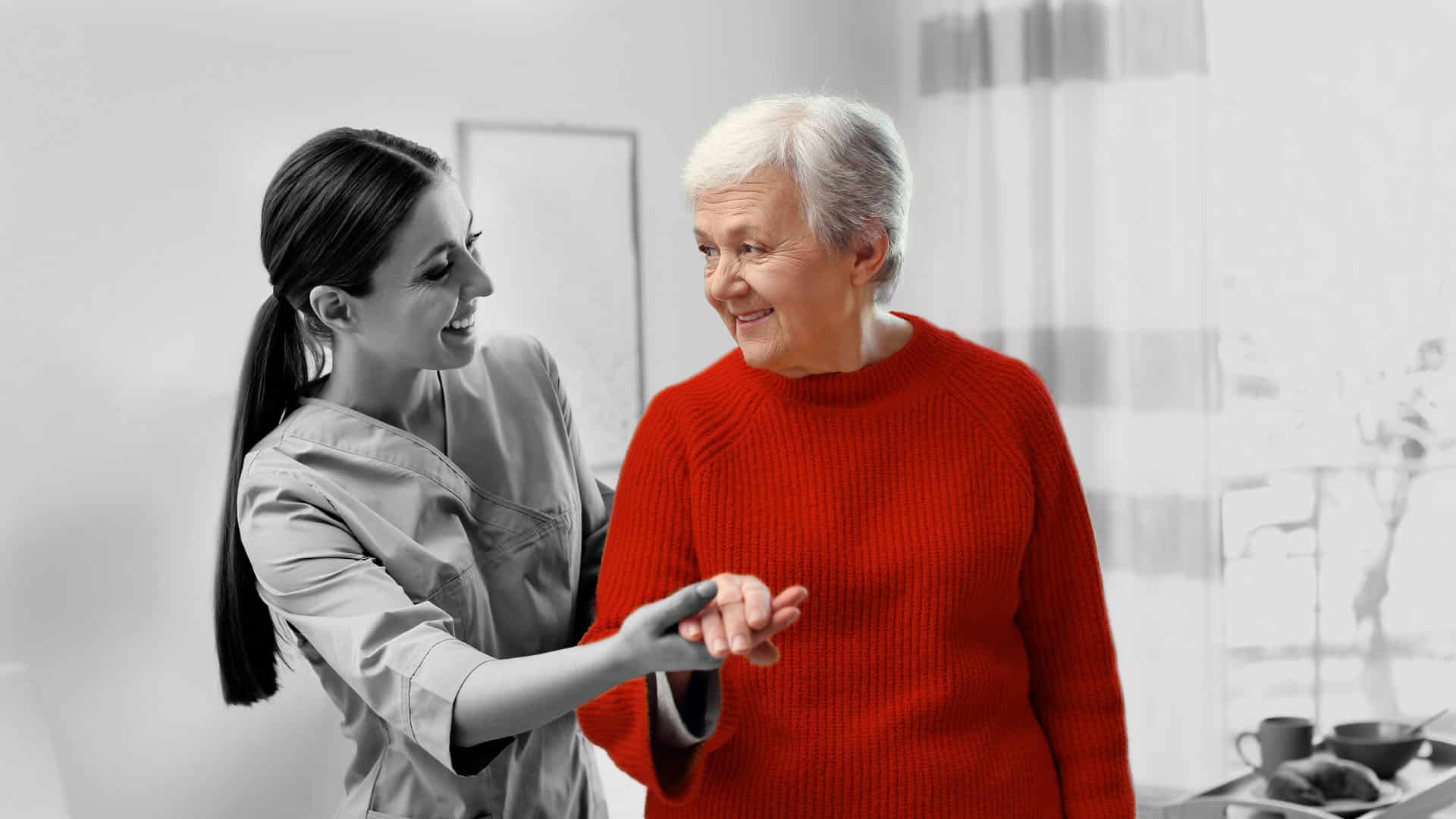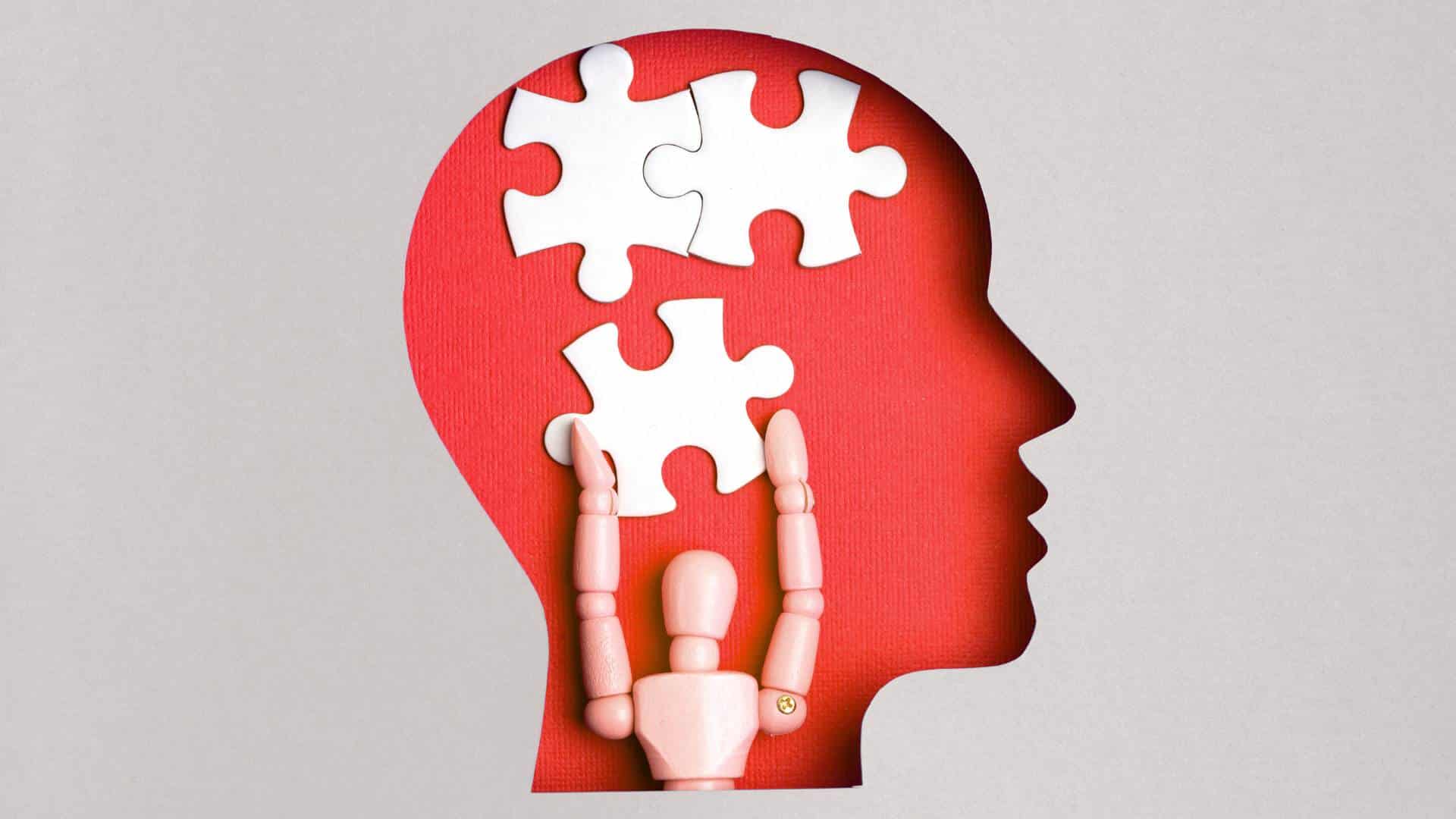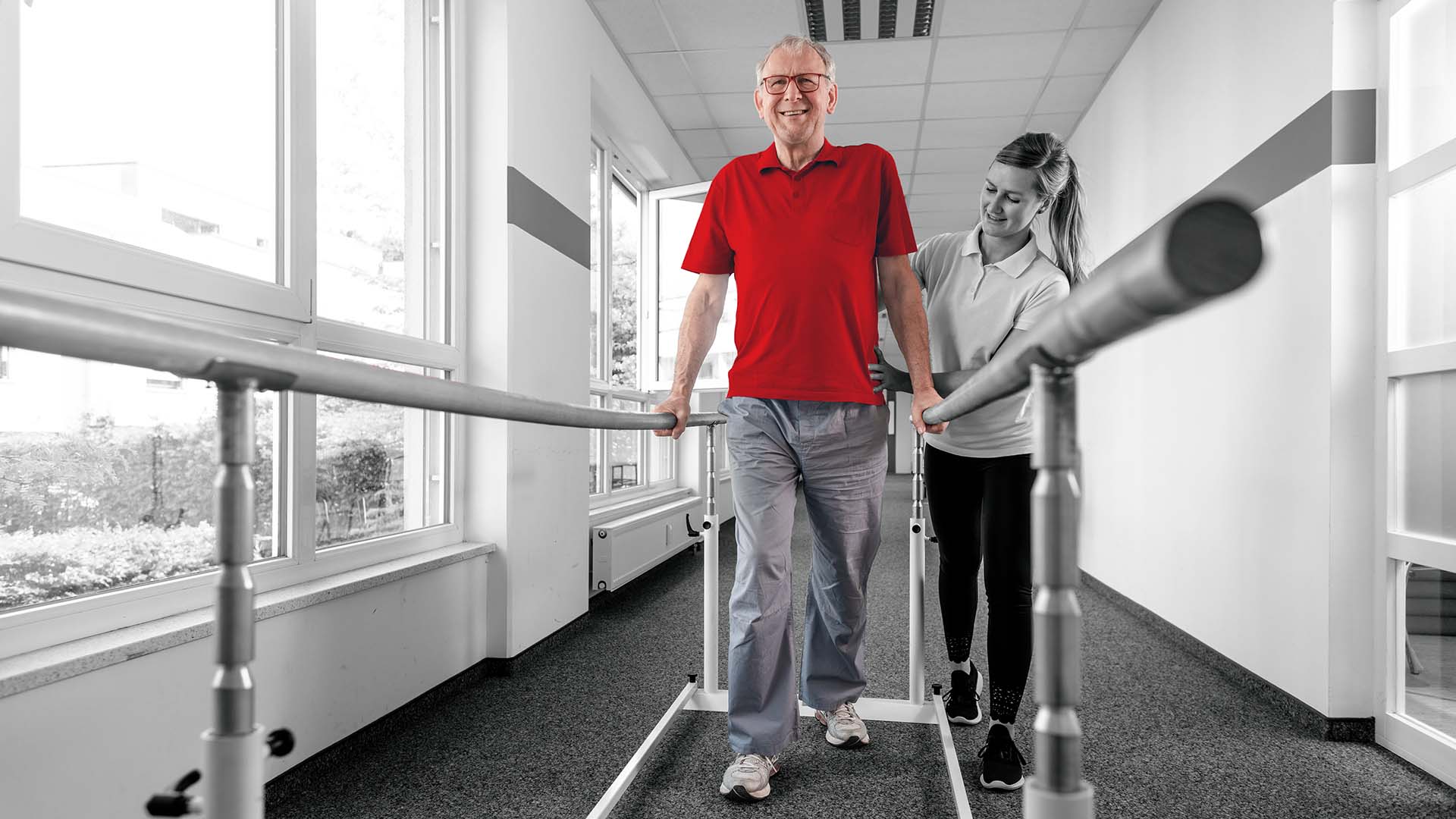What Everyone with Parkinson’s Should Know about Bradykinesia
One of the first things many people who ultimately get diagnosed with Parkinson’s complain about is that they feel like they’re moving slower. The regular daily things they used to be able to do without problem are now frustrating because they take way more time and effort than they should.
What these people are experiencing is a symptom with the strange-sounding name “bradykinesia.” So, if a medical professional or someone else starts going on about bradykinesia, that’s what they’re talking about.
Below, we’re going to dive more in-depth into bradykinesia, explain how it differs from dyskinesia (yay, another “kinesia”!), discuss some strategies you can use to manage this symptom, and offer some helpful guidance to loved ones so they can provide better care.
Does everyone with Parkinson’s suffer from bradykinesia?
Yep. In fact, to receive a Parkinson’s diagnosis, you have to be dealing with bradykinesia plus either tremors or rigidity.
What does bradykinesia look like?
There are a number of common signs that someone is experiencing bradykinesia, including:
Slower movements, such as decreased arm swings when walking, and slower blinking
Smaller handwriting, which is referred to as micrographia
Shuffling steps or short strides (This occurs because there’s a misperception in the brain regarding how big the movements are. Over time and without proper feedback, these movements actually get smaller and smaller because of that abnormal perception.)
Freezing movements and stillness, where the person feels stuck
Difficulty with everyday tasks, such as buttoning a shirt, or standing out of a chair
A “mask” face, which is possibly as a result of a combination of rigidity and bradykinesia, where facial expression may look flat or mask-like – this is because facial muscles lose some of their involuntary movements
What’s the difference between bradykinesia and dyskinesia?
You can almost think of the two symptoms as polar opposites. Sort of. You’re not necessarily going faster, but where bradykinesia appears as a slowness in actions, dyskinesia looks like involuntary, erratic, writhing movements. These erratic movements can be fluid or rapid and jerky.
While bradykinesia is a core symptom of Parkinson’s disease, dyskinesia is something that can occur as a side effect of certain Parkinson’s medications. It isn’t necessarily a symptom of the disease itself. Understanding this distinction is crucial for managing symptoms effectively.
How does it feel to live with bradykinesia?
People who suffer from bradykinesia say that the symptoms attached to it are unpredictable, which makes them afraid to be around other people or participate in public activities because they never know when it might kick in. Many express frustration over how it hurts their ability to do tasks that require fine motor skills, such as writing or eating.
These two things combined often lead to social withdrawal, which is a huge reason why it’s so important to get treatment.
Here’s how other people with Parkinson’s describe the sensation in their own words:
“Imagine flexing you[r] biceps and at the same time trying to straighten your arm. Then imagine that feeling with arms and legs while walking no matter how much you try to relax.”
“Like there’s a weighted blanket inside me and on top of me. My cognition is also markedly slowed when I’m off. It’s like physically and mentally walking through water with your clothes on.”
“Before I was treated with the levodopa, I would go to the supermarket and have to pause to take it all in. There were too many people and too many products. It’s like my mind is in slow motion.”
Is there any way to make bradykinesia more predictable?
Yes. At least initially – after you get medication.
Levodopa and other common Parkinson’s medications are quite good at controlling bradykinesia in the early stages of the disease and maximizing your “on” periods when the symptoms are kept at bay.
Unfortunately, as Parkinson’s progresses and your body’s tolerance for the medication increases, bradykinesia can become more unpredictable to the point where they really can happen at any given time.
When patients reach this stage, bradykinesia is much more of a challenge because it’s harder to plan for. This is when many patients start to fear being in public or in social situations, because they never know when they might suffer from a bout of bradykinesia.
What are the best ways to treat bradykinesia?
There are a number of treatments that doctors recommend trying. Everyone is a bit different, so if one doesn’t seem to be working, talk to your medical team about giving another one a shot. Many people use multiple forms of treatment at the same time to get the best results.
Some of the most common treatments are:
Medication
Levodopa and sometimes carbidopa are by far the most commonly used medications for treating bradykinesia, and for most people they are quite successful. However, as mentioned above, Parkinson’s medication tends to lose its effectiveness over time.
Adjusting timing, dosage, or the type of medication itself can help manage increases in “off” periods when bradykinesia worsens. It is fairly common for doctors to recommend supplementing levodopa or switching to another medication altogether if its effectiveness wanes too much. Other medications that are frequently used include tolcapone, entacapone, selegiline, and amantadine. These medications can improve how dopamine communicates in your brain.
Physiotherapy
Working with a physiotherapist can provide you with tailored exercises to enhance your mobility and strengthen your motor skills.
Music Therapy
Engaging in music therapy has been shown to improve movement and reduce bradykinesia symptoms.
Exercise Therapy
“After my initial diagnosis of PD, I immediately started exercising and it makes all the difference in the world.”
“I live in San Antonio and attend Silver Sneakers classes at my local Y. On days when I have a class or two, my time with tremors is halved down to less than an hour per day.”
Medical professionals will tell you that regular physical activity is essential for people with Parkinson’s, and as you can see from the quotes above, many patients swear by it. There are some who even argue that it halts the progression of the disease. Ideally, you want to engage in regular physical activities that promote balance and strength.
Some successful exercise types include:
- Dance. Encourages rhythmic movement and coordination
- Fast-paced cycling. Improves overall mobility
- Boxing. Rock Steady Boxing is non-contact boxing classes specifically created for people with Parkinson’s.
- Symptom-focused exercises. PowerForParkinsons offers symptom-focused in-person exercise classes for people in their area and live video training on YouTube.com. There are other groups like this as well.
It’s also important to realize that bradykinesia tends to affect one side of the body more than the other, so the side most affected by Parkinson’s will tire more quickly. If one side of your body isn’t working – take a moment and focus on the other side.
Some techniques you may want to focus on are:
- Try to maintain equal effort on both sides of your body during exercise. For example, strive to work evenly if you’re using weights or resistance bands.
- Count steps aloud while walking, and challenge yourself to reach the same number of steps on the way back.
- Set markers to challenge stride length. and really push yourself to walk with larger strides and at a faster pace for that distance. Gradually increase the pace of the whole walk over time.
Some of these exercises can be beneficial for a prolonged period of time, but eventually the benefit goes away if you stop regularly engaging in exercise.
Keep Moving
Beyond things you might typically think of as “exercise,” there are a number of ways to build physical activity into your day to minimize the effects of bradykinesia.
- Take larger steps when walking to the kitchen.
- Stretch your hands and fingers before tasks to improve dexterity, such as typing on the computer.
- Do heel raises while doing the dishes.
- Stand up to take phone calls or text.
- Do side lunges while brushing your teeth.
- Hang the washing out rather than use a dryer.
- Use music as a rhythm for movement – for example, put on some of your favorite music and dance while getting dressed.
- Use household items such as tins or bottles as weights to do bicep curls and get in some easy strength training movement.
It is important to “think big” for general movements, and remember that quality is much more important than quantity. Keep in mind to break up your day, and you can conquer each movement at a time – little victories add up!
Track Your Movements in a Diary
While not a treatment per se, tracking your symptoms and medication effects in a diary for several days can help you and your medical team to identify patterns and make adjustments to your treatment.
Keep note of when you are on and off medication, and what you are experiencing during those intervals.
I’m caring for someone with bradykinesia – what should I know to help them?
There is significant benefit in continuing to encourage your loved ones to keep going, and making normal things more of an important adventure.
Some things to consider are:
- It takes longer to eat, which may translate to losing weight. When everybody else is done eating at the table, they may stop as well due to feeling awkward. Let your meals take longer than they normally would to encourage them to eat more.
- Early morning activities can prove very difficult for patients. It can be particularly difficult if they experience a lot of bradykinesia before their medications begin to work for them. This makes getting ready for work, morning appointments, and just trying to go out in general a daunting task. Help them out by waiting to do things until the afternoon if possible.
Understanding bradykinesia is crucial to being able to manage it – which itself is crucial to enhance quality of life for anyone with Parkinson’s. Thankfully, by combining medication, therapy, and proactive coping strategies, you can find ways to navigate your daily challenges more effectively and live your best possible life.




